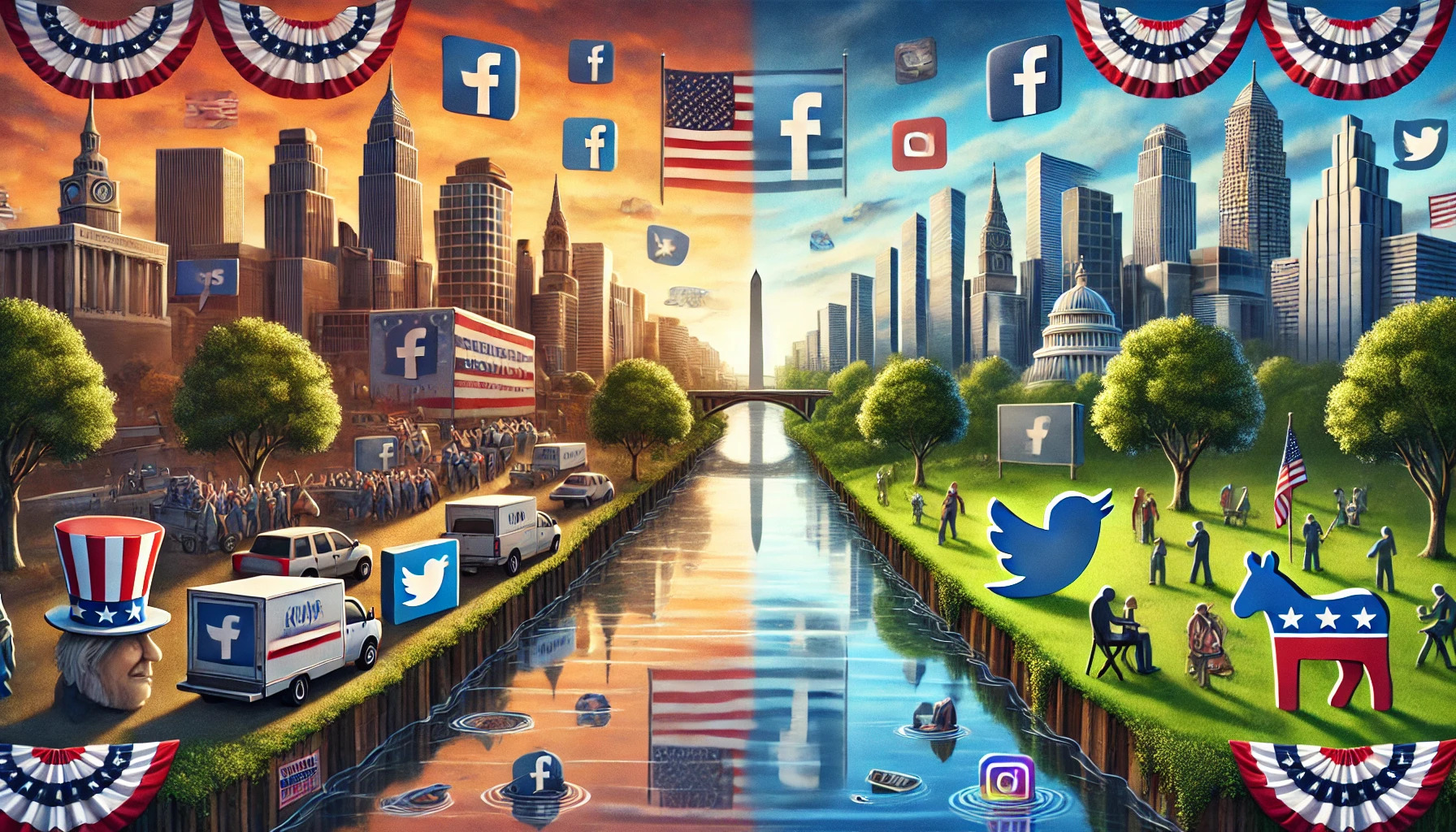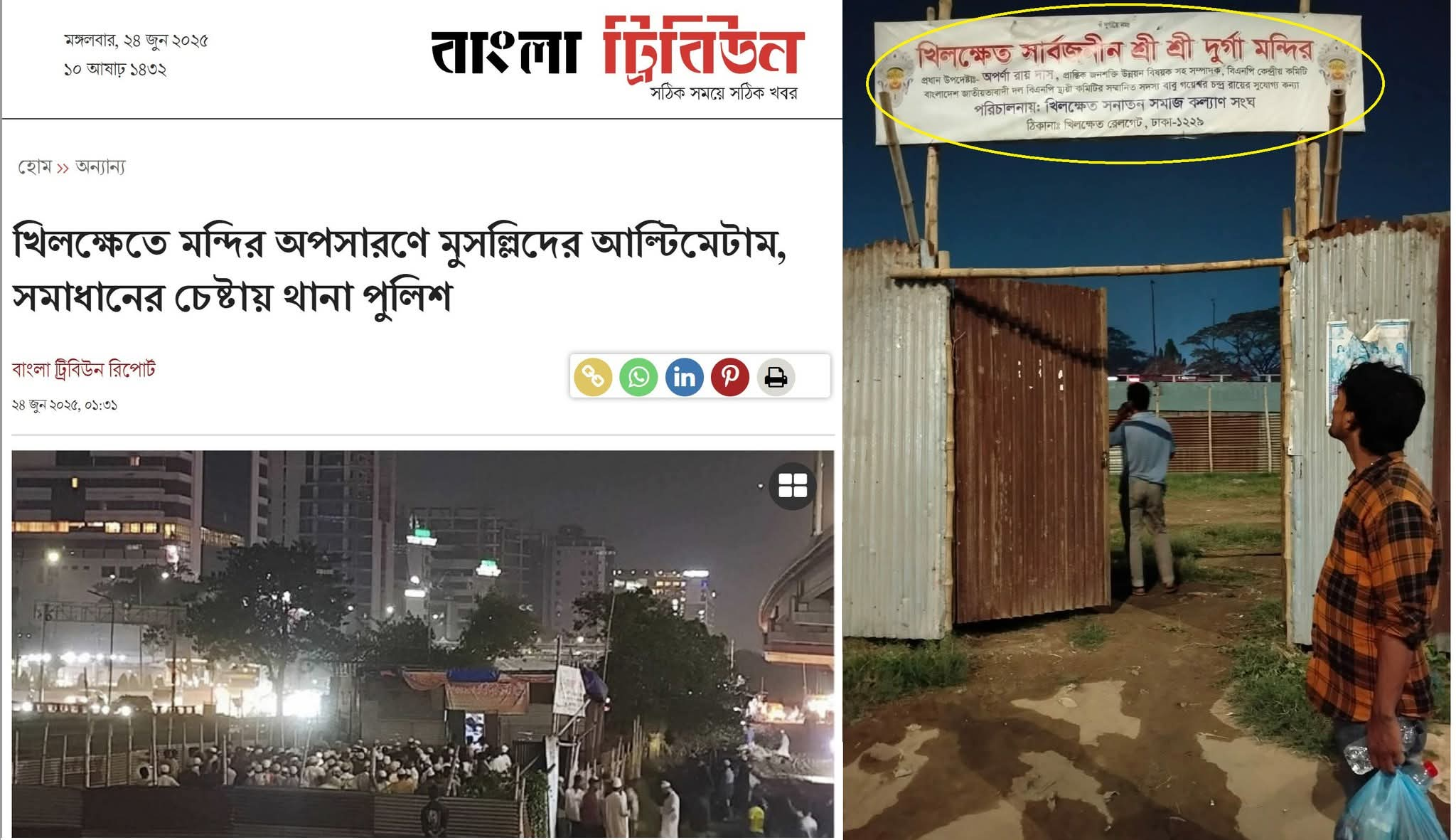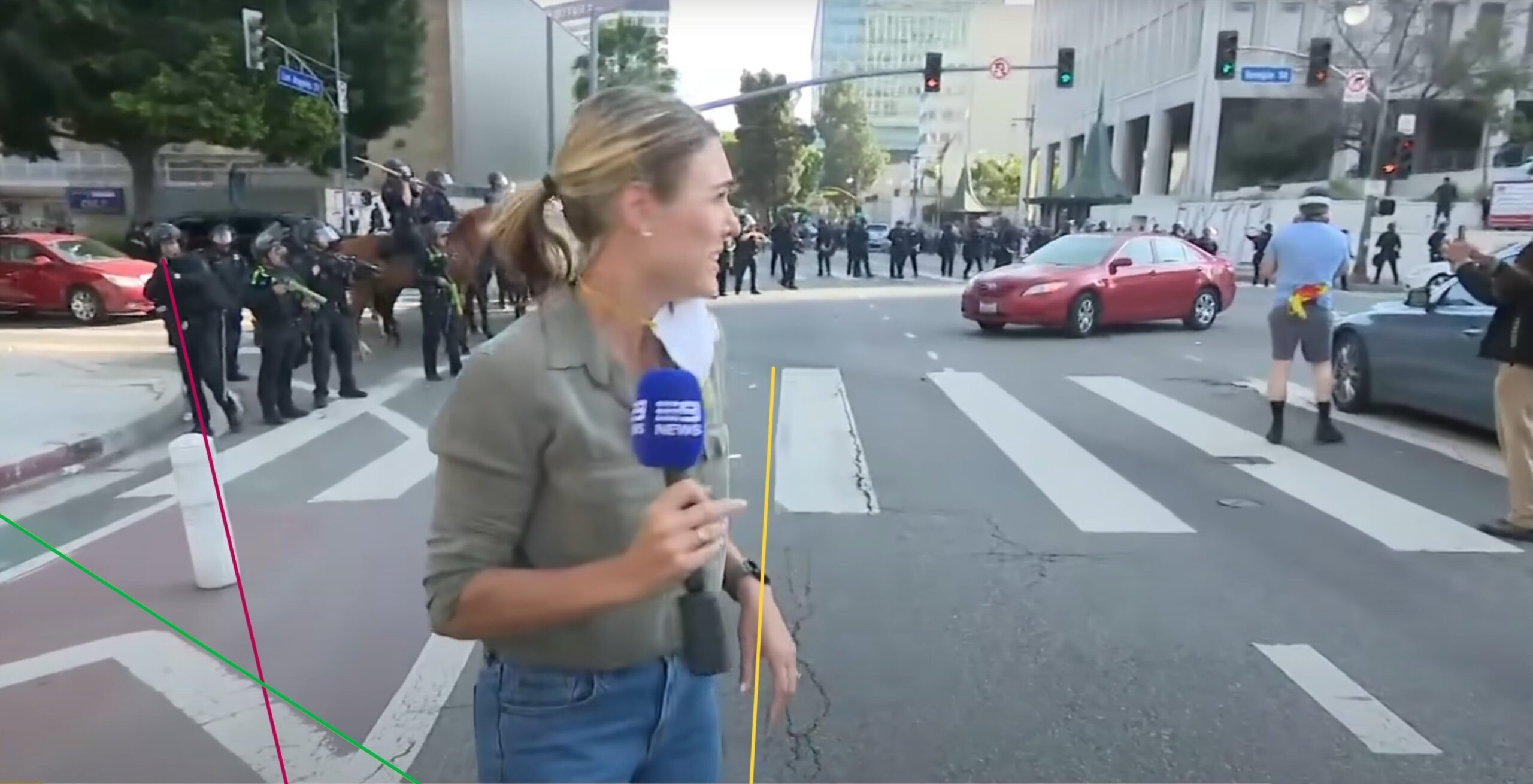As the 2024 U.S. presidential election approaches, American media continues to play an influential and often polarizing role in shaping public opinion. With ideological divides firmly entrenched, major media outlets—including television, online news, and social platforms—have created an environment where partisanship frequently overshadows objective reporting. This dynamic, coupled with concerns about media ownership concentration, has intensified the influence of bias and selective information on voters’ perspectives.
From the ownership of prominent networks to the focus of their coverage, and the increasing role of social media in delivering direct messages from candidates, media remains one of the most powerful yet complex forces in American democracy. Understanding the roots and impact of media bias, the concentration of ownership, and the resulting polarization is crucial to grasping the forces that shape voter behavior in 2024.
The Landscape of Media Bias in U.S. News
Media bias in the United States has become a critical issue in the political landscape, as news outlets adopt and amplify distinct partisan stances that resonate with their core audiences. Conservative media, with outlets like Fox News, often prioritize topics such as national security, economic self-sufficiency, and critiques of progressive policies. On the other hand, liberal-leaning media, represented by networks like CNN and MSNBC, generally highlight issues like healthcare reform, climate change, and social justice. These editorial choices create a distinct dichotomy in the news narrative, aligning the media’s messaging with the ideological preferences of their audience.
A 2024 report from Pew Research illustrates this divide in media coverage, with conservative networks dedicating significant airtime to border security, economic resilience, and crime-related concerns. These narratives emphasize values such as national strength and individualism, appealing to viewers who prioritize traditionalism and security. In contrast, progressive outlets often prioritize stories on healthcare, equity, and environmental sustainability—topics resonating with voters who advocate for social reforms and global cooperation.
This polarized approach means that for many Americans, their primary news sources reinforce preexisting beliefs rather than challenging them. Media scholars describe this phenomenon as “selective exposure,” where people gravitate toward information that aligns with their worldviews, creating echo chambers that foster division rather than understanding. In 2024, as the ideological gap between conservative and liberal audiences continues to widen, the role of media bias is arguably more potent than ever in shaping public opinion on critical issues.
Media Ownership and Its Influence on News Coverage
Compounding the issue of bias is the concentrated ownership of media outlets in the United States. Most of the major news networks, newspapers, and digital media companies are controlled by a handful of corporations and private interests, whose cross-ownership patterns often shape editorial direction. This centralization of media ownership means that fewer diverse viewpoints reach the public, as large conglomerates exercise considerable influence over the themes and perspectives covered by their news divisions.
In the conservative media sphere, for instance, Sinclair Broadcast Group—owner of numerous local television stations across the country—has been noted for its editorial slant that often mirrors conservative priorities. Sinclair’s dominance in local news markets gives it substantial reach, allowing its editorial stance to influence a broad audience beyond the national spotlight. Conversely, liberal outlets like The New York Times and The Washington Post, under different ownership structures, tend to promote progressive agendas, which resonate with left-leaning readers.
Research by the Media and Journalism Research Center (MJRC) underscores the impact of ownership on content, noting that media conglomerates prioritize profitability and brand loyalty, which can influence editorial policies. MJRC Director Marius Dragomir explains, “When ownership is concentrated, there is a risk of homogenized viewpoints dominating the media landscape. This limits public access to diverse perspectives and can distort public opinion.” This trend holds especially true at both the national and local levels, where owners with political affiliations or ideological leanings subtly, and sometimes overtly, steer editorial content toward preferred narratives.
Social Media’s Expanding Role and the Spread of Misinformation
Social media has revolutionized the way Americans access information, making platforms like Facebook, Instagram, and X (formerly Twitter) primary channels for both news and political messaging. For candidates, these platforms provide direct access to voters, bypassing traditional media’s editorial gatekeepers and enabling real-time communication. This strategy, pioneered by figures like Donald Trump in 2016, remains effective in 2024 as both major candidates leverage social media to reach and energize their bases.
However, the rise of social media as an information source has also led to a proliferation of misinformation, which has raised concerns about the integrity of information influencing voters. Social media algorithms are designed to prioritize engagement, which often means that sensational or polarizing content—regardless of accuracy—gets more visibility. This dynamic creates a fertile ground for disinformation, reinforcing biases and heightening ideological divides among the electorate.
Professor Regina Lawrence of the University of Oregon’s School of Journalism and Communication warns that social media’s susceptibility to misinformation can sway opinions dramatically, particularly as trust in traditional media declines. “Many Americans now rely on social media as a primary news source, making them more vulnerable to misleading information that aligns with their existing beliefs,” Lawrence states. This environment of misinformation, coupled with the echo chambers prevalent on social media, contributes to polarization and reinforces entrenched political views.
Global Media and Foreign Policy Perspectives
The U.S. media landscape doesn’t just shape domestic policy discussions but also influences how Americans perceive global issues. For example, conservative outlets tend to frame international affairs, particularly in the Middle East and Asia, through a lens of national security, with a focus on potential threats posed by countries like China. This portrayal aligns with the conservative agenda, which often emphasizes national security, military strength, and economic competition.
In contrast, liberal-leaning media generally adopt a more diplomatic and humanitarian perspective, highlighting issues like climate cooperation with China or human rights concerns in the Middle East. For example, CNN may cover diplomatic initiatives and climate partnerships, while Fox News might focus more on competition and security threats. This divergence in framing affects how Americans perceive the U.S.’s role on the global stage and impacts public opinion on foreign policy.
This polarized coverage is especially significant as voters weigh the candidates’ approaches to international relations, especially regarding U.S. relationships with China, Russia, and the Middle East. The global stakes of the election have led American media to position international issues as part of the ideological battle between conservative and liberal worldviews.
The Impact on American Voters and Democracy
The entrenchment of media bias, coupled with concentrated ownership and the rise of social media misinformation, poses significant challenges to democracy by making it harder for voters to access objective and diverse information. For many Americans, political affiliation now strongly influences where they get their news, contributing to a “tribalization” of information. As Tina McCorkindale, a public relations expert, points out, this phenomenon reflects growing skepticism, particularly among conservative voters, toward mainstream news and polls. “Polls reveal a widening trust gap, with Trump supporters, for instance, deeply distrustful of traditional media and surveys. This distrust only deepens polarization,” she states.
In this complex media landscape, the 2024 election exemplifies how deeply media bias and ownership shape American democracy. Traditional media, social platforms, and international perspectives converge, influencing voter perceptions and potentially swaying the outcome of the election. As biases deepen and media ownership remains concentrated, American voters are confronted with a segmented media environment that complicates their search for balanced information. This fragmentation not only affects public opinion within the U.S. but also shapes how international audiences view American democracy in an era of digital interconnectedness.
Ultimately, the role of media in the 2024 election highlights the need for transparency, diversity, and accountability in American journalism. As voters navigate a polarized media environment, the quality of information they receive will undoubtedly shape the future of the country and its democratic ideals.







Leave a Reply